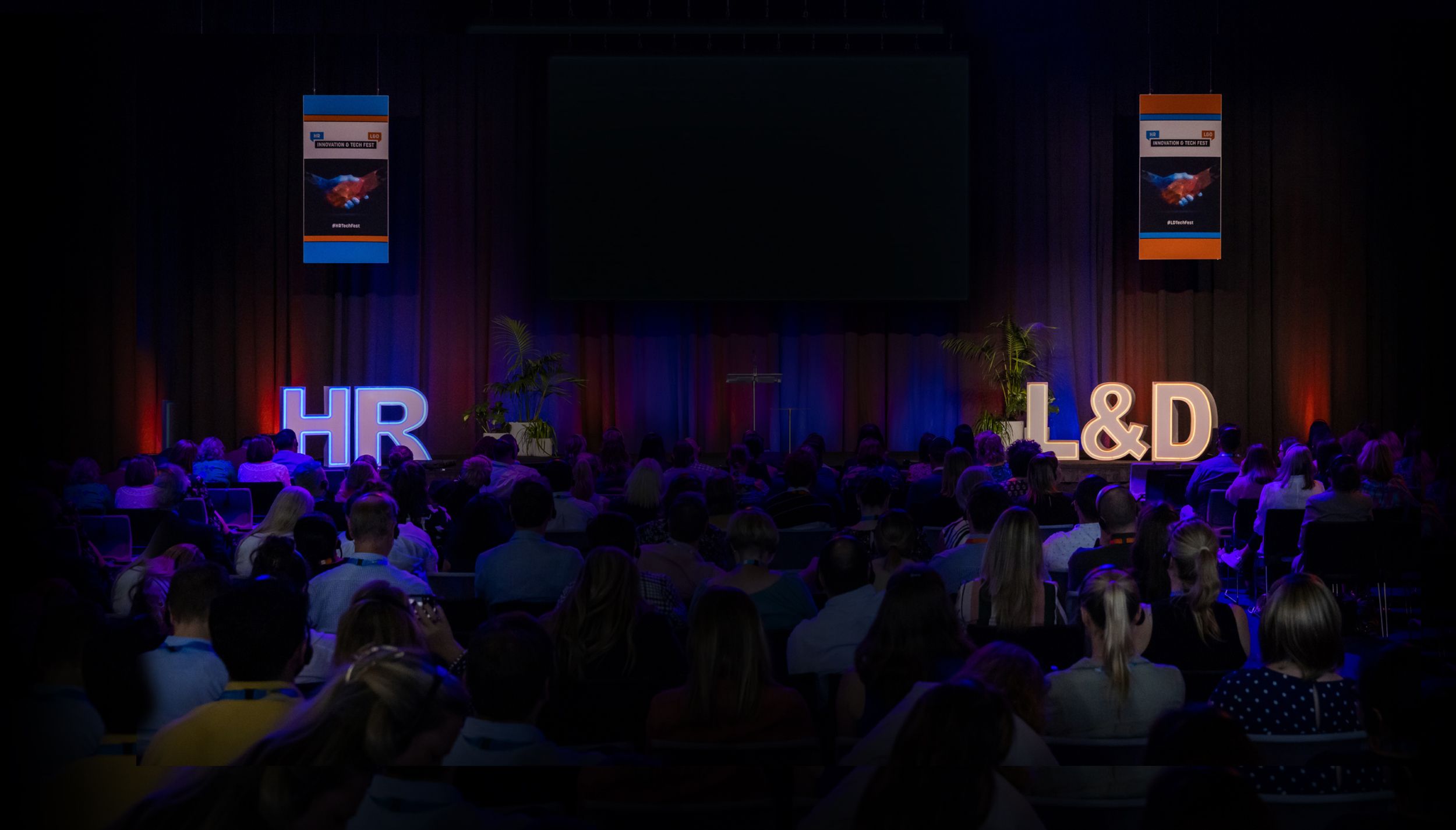Emotionally Intelligent Leaders Know Tools Can’t Fix Collaboration. Here’s What They Do Instead
)
When I see high-performing teams working well together, I can attribute their success to three things every time: their people, tools, and practices. When I see dysfunctional teams, they almost always have the same tools as their high-performing counterparts. The difference is in the people and practices.
In an age where work is increasingly about creative problem-solving (i.e., now and for the foreseeable future), effectiveness is the new efficiency. And robust collaboration is the key to effectiveness. Your team can’t stay relevant if you’re not constantly evolving the way you work, what you know, and the practices you employ.
Too often, company leaders fall into the trap of thinking the collaboration tool du jour – think internal social networking platforms or digital scrapbooks – is just the silver bullet they need. “People aren’t sharing ideas? Don’t worry! We’ll get a tool to fix that.” But they learn quickly that without the right off-line behaviors, that shiny new tool is simply a sunk cost.
But collaboration can’t be bought. No tool or app will solve your collaboration problems “out of the box”.
It has to be part of the culture, something emotionally intelligent leaders understand intrinsically. They hire smart, life-long learners, and invest in creating an environment where they can thrive. Inevitably, today’s best leaders do these three things well:
1. Empower Teams to Make Their Own DecisionsEmotionally intelligent leaders foster a collaborative culture by acknowledging they’re not the smartest person in the room. They decentralize decision-making and give teams the autonomy to move quickly and bring the full weight of their expertise to bear on whatever problem they’re solving. They leave meetings knowing more than they did when they arrived. They listen with intent.
To keep everyone aligned, they lay out a vision for their teams to execute against. Letting the people closest to the work decide how the work will be done imparts a sense of ownership and gets people engaged.
Without autonomous decision-making power, employees feel disconnected. They don’t see the relevance of their work, except as a means to a paycheck and maybe a promotion. That’s when information hoarding and office politics set in–culture killers of the highest order.
2. Create Fluid, Cross-Functional TeamsThere’s this little movement called DevOps you may have heard of that’s all about breaking down organizational silos. Turns out, the best way to get your HR people and your finance people to collaborate closely is to put them on the same team – if not as neighbors on your org chart, at least as contributors to the same project.
I’m a member of a couple teams at Atlassian, one of which comprises six people from different functional backgrounds who all report to different managers. We’re all part-time on the project, but we’re active on it daily. The diversity of skills and thought in the mix means we arrive at better decisions (and faster) than if the project was handed off to each of us in turn.
3. Create a Safe Space for Dissent and UnlearningContributing fresh or dissenting ideas puts you in an inherently vulnerable position. See also: partnering with another person to deliver your work. In order for people to embrace collaboration, they have to believe they won’t regret it.
Diversity and inclusion are absolutely critical aspects of creating a safe space for collaboration. But you have to think beyond the numbers. Here’s a familiar exchange: “Our staff is 40% women!” … “Are they all clustered in Marketing and HR?” … “Pretty much. What’s your point?” The point is there has to be diversity at the team level, so everyone interacts with a diverse group of people and builds empathy every day.
Practices matter, too. I’ve seen teams adopt blameless post-mortems (hat-tip to DevOps, once again) in which it’s assumed that whatever happened was a shared failure. An opportunity for the whole team or department to examine their systems and practices, then make some changes. Some even conduct pre-mortems in which they imagine how the project could fail, then take action to prevent it. When un-learning happens at the group level, it sends a signal that individual un-learning is ok, too.
Fixing Collaboration Isn’t Easy, But It’s EffectiveTools can’t undo the damage wrought by a toxic office environment or poor practices. To unleash our potential, we need to understand the human side of our interactions before we bake bad practices into whatever tools we roll out.
If you’ve got already got whiteboards on every wall in your office, but people don’t feel comfortable collaborating, an online version of whiteboards won’t change anything. So fix the underlying problems first. Collaboration is the art and science of trust, respectful dissent, listening as much as talking, cognitive diversity, and psychological safety. None of which actually require technology.
Hear more from the world’s boldest HR and L&D innovators at L&D Innovation & Tech Fest.
About the Author
Dominic Price is Head of R&D and Work Futurist at Atlassian. With responsibilities spanning 5 global R&D centres, he is also the in-house “Team Doctor”, helping Atlassian scale by being ruthlessly efficient and effective, with one eye on the future. Dom helped pioneer the Team Playbook and has personally run hundreds of sessions with teams globally. Previously, Dom was GM of Program Management for a global gaming company and a Director of Deloitte providing assurance and consulting services.


